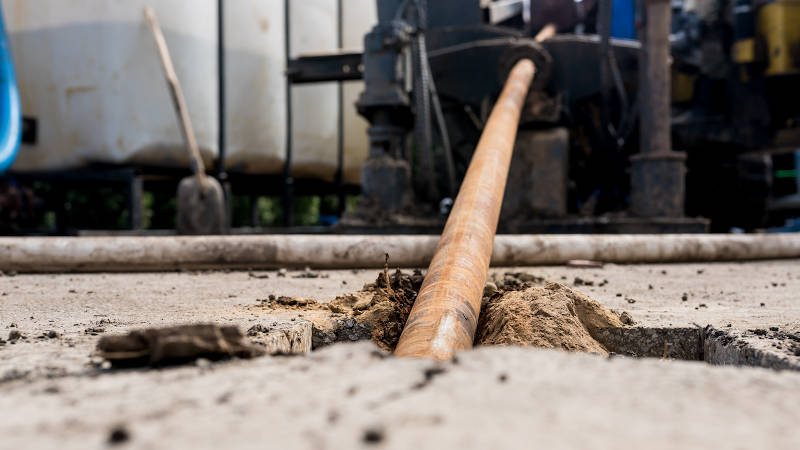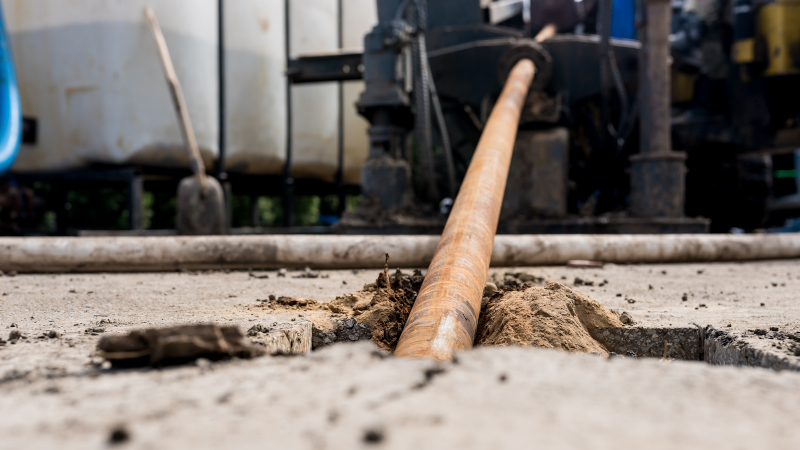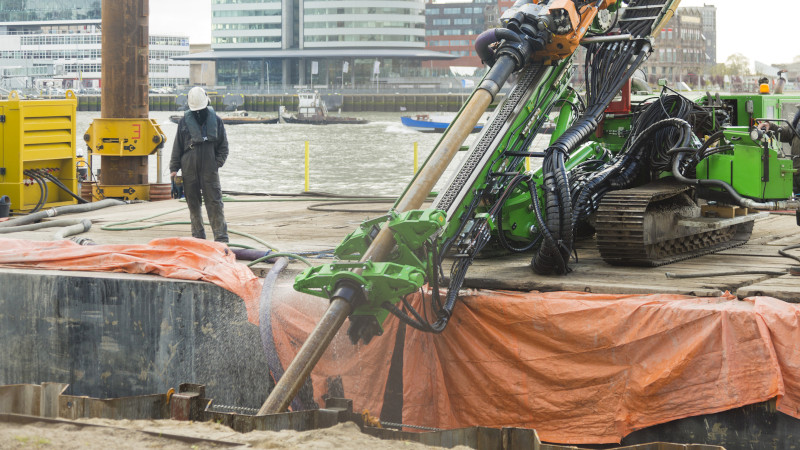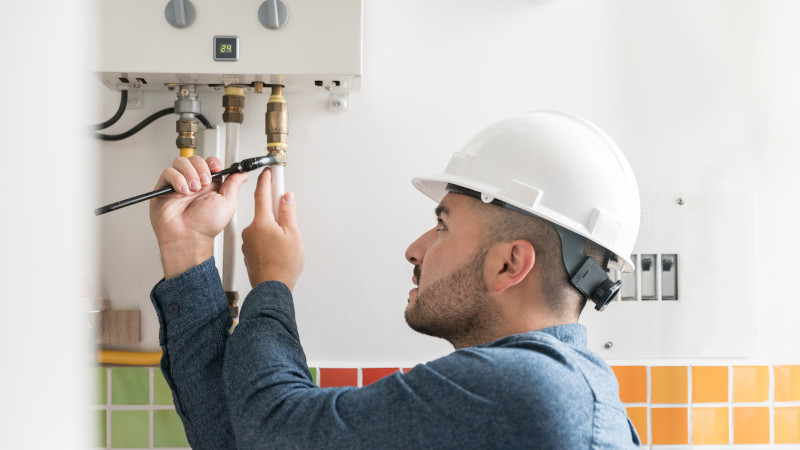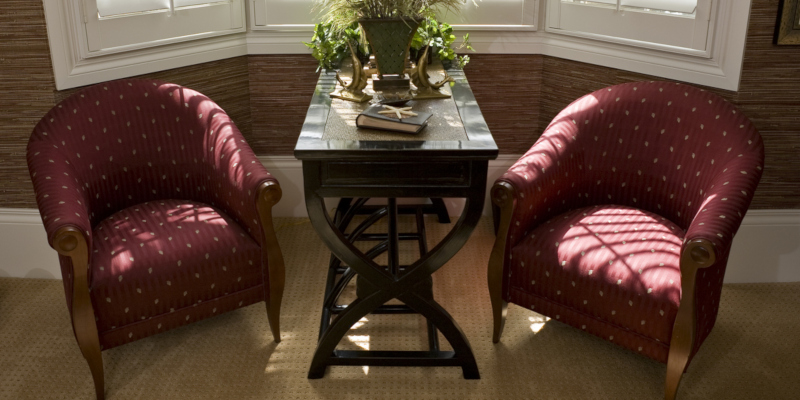Directional Boring: The Pros and Cons
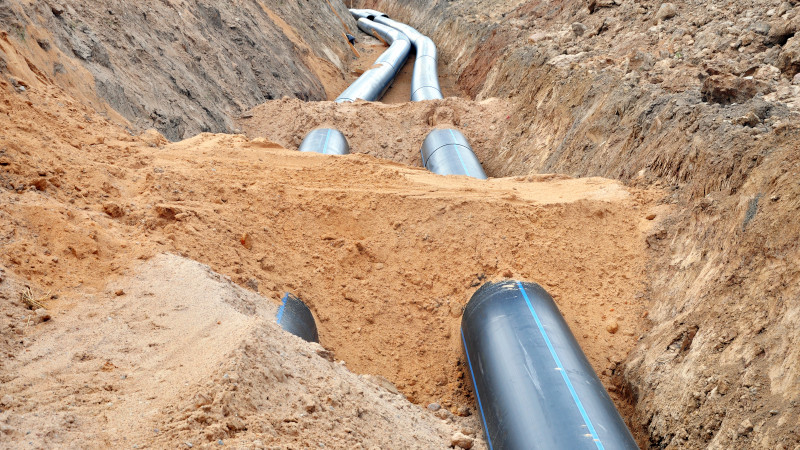
There are a few different techniques for installing utility wires. Depending on whether your project is for a commercial site, or a residential area may change what options are available to you. Directional boring is a great option for both commercial and residential areas. The method of directional boring hides the utility wires underground, meaning there are no overhead wires, and the result is more aesthetic.
The Pros
Directional boring is a great option if there are above ground features that need to be preserved. Often trees or other buildings may be in the way and utilizing above ground wires is not an option.
The main advantage of directional boring is that there is little harm done to the environment. The trenches that are dug are often very specific in size and are refilled to close. It is an excellent option if there are rivers, golf courses, or other sensitive areas around.
Overall, directional boring is a flexible method and can be installed anywhere.
The Cons
Often the biggest con that is faced, is that to do this technique properly the contractor is required to have a specific rig and a certain set of skills. Not every contractor is trained for directional boring, and it can become a limitation.
Directional boring can also be incredibly costly for some. It is important to find the right contractor for your project that will work within your budget and goals to get the job done.
This is a far better option to trenching, as it is less invasive and more aesthetically pleasing. Overall, directional boring doesn’t destroy the environment around and is far less harmful than other ways of installing pipe or cables underground.

